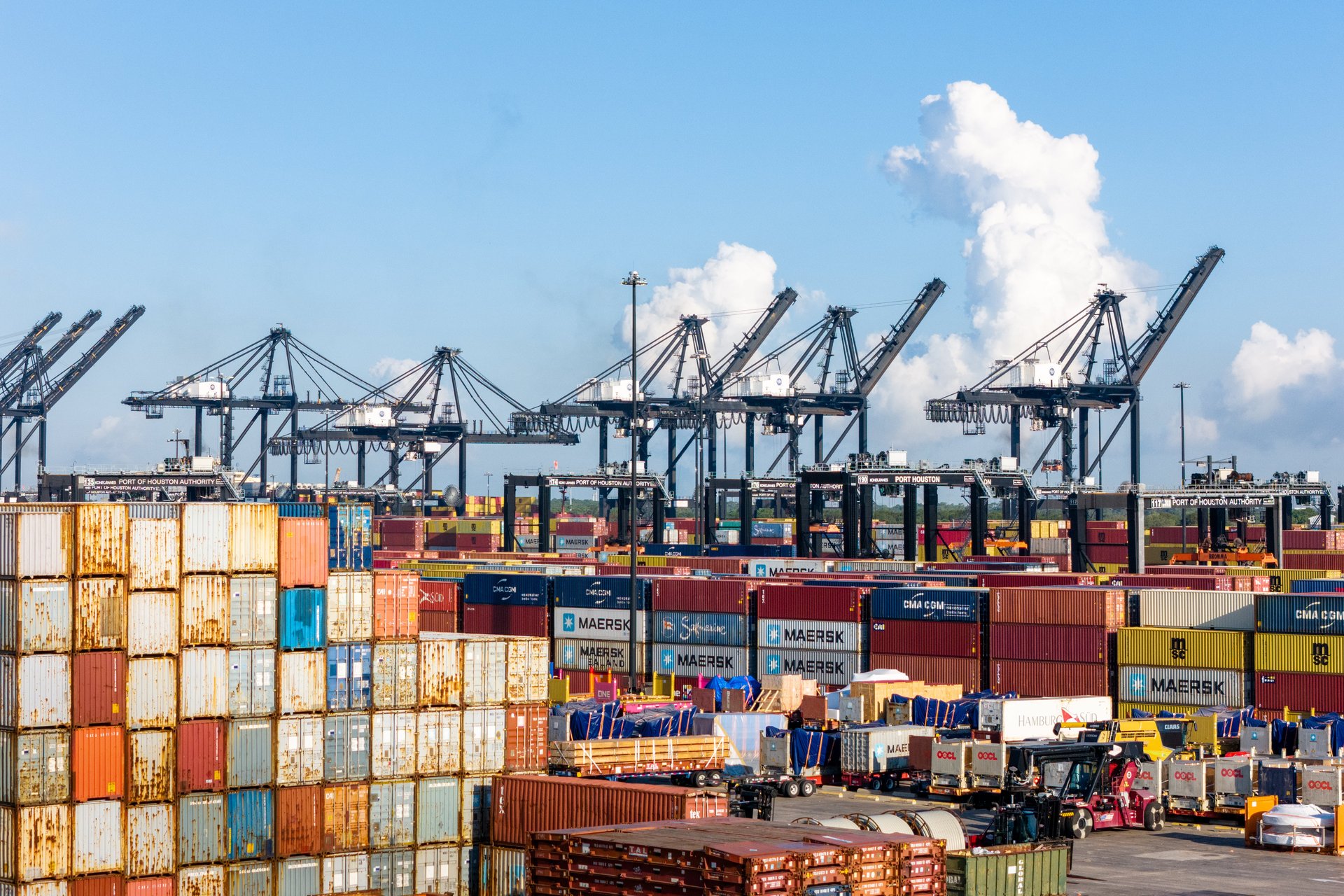The massive U.S. port strike has begun: 'We are prepared to fight as long as necessary'
The strike could cost the economy up to $5 billion each day, with thousands of dockworkers walking off the job

Thousands of dockworkers across the East Coast and Gulf Coast were officially on strike Tuesday morning, after negotiations between their union and an alliance of employers failed.
Suggested Reading
The International Longshoremen’s Association (ILA) represents more than 85,000 workers and has been negotiating since last May with companies, terminal operators, and port associations represented by the United States Maritime Alliance (USMX). Without a contract between the groups, as many as 45,000 members walked off the job at more than a dozen major ports, including facilities in New York and Texas.
Related Content
Longshoremen — people who load and unload cargo at ports — on the West Coast are represented by a different union, which agreed to a contract last year.
“We are prepared to fight as long as necessary, to stay out on strike for whatever period of time it takes, to get the wages and protections against automation our ILA members deserve,” ILA President Harold Daggett said in a statement Tuesday morning, adding that “USMX owns this strike now” and “must meet our demands.”
The ILA is demanding higher wages and a salary that outpaces inflation — which is cooling after a long stubborn streak — and provides more than the small wage increases included in its last contract. Between 2018 and 2024, employees received a $1 per hour increase to their wages, to a maximum of $38 per hour — about $79,000 annually on a 40-hour work week — while new employees started at $20 an hour.
Workers are also pushing for protection against automation and new technology devices in terminals. Exact details of the union’s demands, or the alliance’s offers, haven’t been disclosed.
“The strike is back,” Todd Vachon, the director of Rutgers University’s Labor Education Action Research Network, said Monday, pointing to the various labor actions taken by unions over the past few years. “Unions have always fought to make bad jobs into good jobs. And when those jobs come under threat, they will fight to save them.”
USMX has countered that it has provided several offers since discussions began as far back as 2022, although negotiations kicked off in earnest in May. On Sept. 26, the alliance filed an unfair labor practice charge and requested the National Labor Relations Board require the union to resume bargaining before a strike breaks out. According to the alliance, the parties haven’t met in person since June.
On Monday, the USMX said it and the ILA had traded offers related to wages, noting that it had requested an extension of the current master contract. The alliance also raised its offer to boost wages by almost 50%, triple employer contributions to retirement plans, and retain the current language around automation.
“We are hopeful that this could allow us to fully resume collective bargaining around the other outstanding issues – in an effort to reach an agreement,” the USMX said in a statement.
The strike is the first at these ports since 1977, when trade accounted for just 16% of the U.S. economy, compared to 27% in 2024, the Washington Post reported. Daggett was among the workers who picketed at the time and recently called it a “tough strike.”
Ports and facilities handling approximately 51% of the nation’s overall port capacity are likely to be affected by the potential walkouts, according to the Mitre Corporation, and impact almost every industry, delaying everything from shipments of foreign fruit to supplies for automakers and pharmaceutical companies.
The potential damage of such a strike is expected to cost somewhere between $1 billion and $5 billion per day, according to analysis from shipping container marketplace Container xChange and J.P. Morgan. Oxford Economics has said a prolonged strike could impact up to 100,000 jobs and reduce U.S. economic activity by between $4.5 billion and $7.5 billion for every week it persists.
“The congestion and delays at these major ports will severely impact the availability of containers, increase costs, and disrupt schedules,” Container xChange CEO Christian Roeloffs, whose company works with more than 1,500 shipping companies, said in a Thursday advisory to customers.
Although the White House and federal agencies have encouraged the ILA and USMX to meet at the bargaining table, President Biden has signaled he won’t interfere with the workers’ strike. Under the Taft-Harley Act, the president can impose an 80-day period where workers go back to work while negotiators work on a deal.
A 177-member strong coalition of trade associations wrote to Biden weeks before the contract expired to ask him to invoke Taft-Harley and avoid the strike. Suzanne Clark, the president of the U.S. Chamber of Commerce, said failing to intervene would be “unconscionable,” according to a Monday letter to the president.
“It’s collective bargaining. I don’t believe in Taft-Hartley,” Biden told reporters on Sunday.
